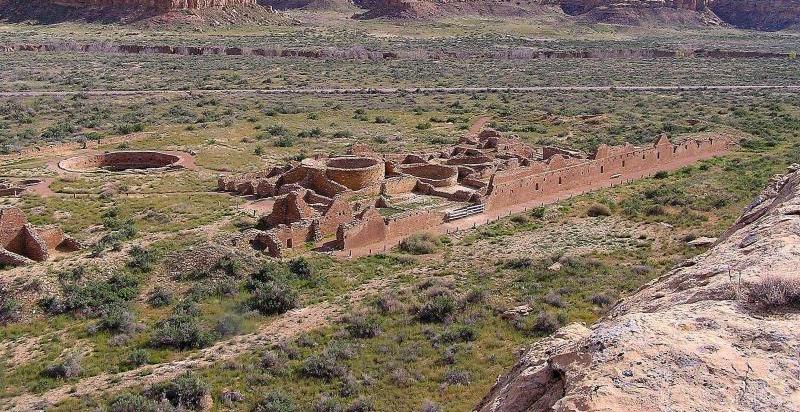
Imagine living hundreds of years ago in a vast desert canyon when suddenly a conch shell trumpet blast from nearly a mile away shatters your silent revere.
Easy to visualize, but is there really any way to “excavate” prehistoric sounds, to recreate what people might have heard in the distant past? Archaeologists from the Universities of Buffalo and Albany say yes.
Researchers Kristy E. Primeau and David E. Witt have written a “Soundshed Analysis” program for GIS (geographic information system) that models archaeological soundscapes by analyzing variables such as elevation, site location, sound source, humidity, and sound pressure levels. The pair tested their program using information from Chaco Canyon, a World Heritage site in New Mexico, and they found - wait for it - a conch shell trumpet blown from Casa Rinconada could have been heard throughout Chaco proper all the way to Yellow House nearly a mile away.
The pair is working on refining the program, but they hope that it will be able to answer a variety of questions about the interplay between the built environment and sound. They say, for example, that with their program one might be able to identify features built specifically to carry the sound of voices raising an alarm over great distances. Or even identify places within a landscape where people could hear events they couldn’t yet see.
It’s an exciting concept and if it proves successful we will all benefit from a much richer, more three dimensional understanding of past populations.
They published the results of their work in the Journal of Archaeological Science: Reports. Their article can be found here.



